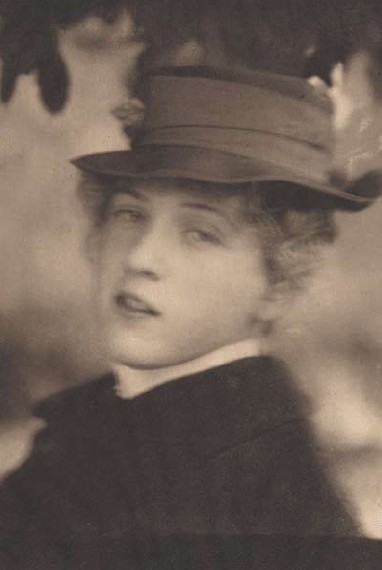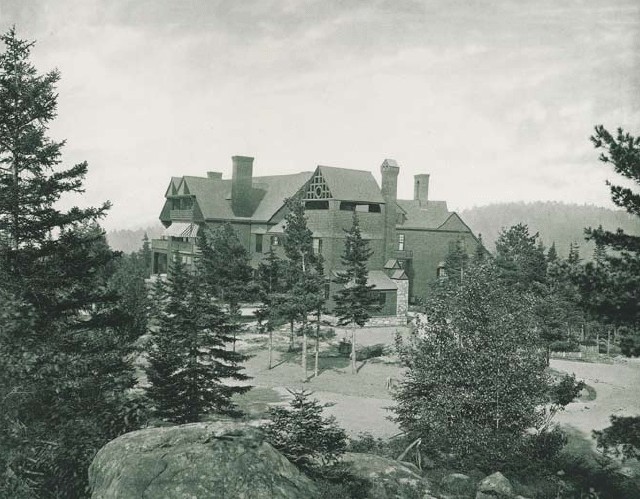- Relief printing
- Intaglio and planographic printing
- Color printing
- Bits and pieces
- Early photography in silver
- Non-silver processes
- Modern photography
- Color notes
- Color photography
- Photography in ink: relief and intaglio printing
- Photography in ink: planographic printing
- Digital processes
- Where do we go from here?
Photography in Ink: Relief and Intaglio Printing

Hand photogravure. Alfred Stieglitz. Miss R. from Camera Work, no. 12, October 1905., 1904. 8 1/8 x 5 1/2" (20.7 x 14 cm). The Museum of Modern Art, New York. Gift of Richard Benson © Georgia O’Keefe Museum / Artists Rights Society (ARS), New York.
Three of the ink-printing methods—relief, intaglio, and planographic—adapted to the photographic image. Intaglio printing did so first, with the invention of photogravure. Planographic printing was second, in the form of collotype. Relief printing, the oldest of all, was the last to make a workable adaptation, but it ended up with an inexpensive and tremendously successful method in the single-impression halftone. An examination of photography in ink could begin with relief and intaglio because they are the oldest processes.

Halftone print. Henri Cartier-Bresson. Sunday on the Banks of the Marne, France. 1936–38 (Printed 1947). 4 x 5 7/8” " (10.2 x 14.9 cm). Letterpress printed halftone from Henri Cartier-Bresson (New York: The Museum of Modern Art). © Henri Cartier-Bresson/Magnum, courtesy Fondation Henri Cartier-Bresson.

Collotype. Photographer unknown. Shingle-style house. c. 1910. 12 11/16 x 11 3/4" (32.2 x 29.9 cm). The Museum of Modern Art, New York. Gift of Richard Benson. Collotype printers were mysteriously casual about color, and collotypes range from blue to green to brown to neutral, with no apparent logic.

